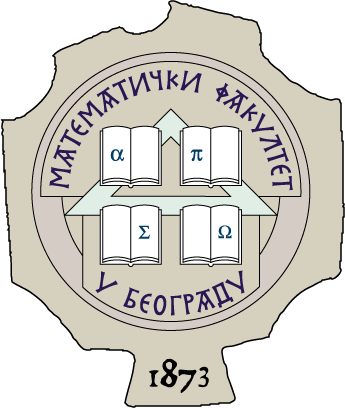Search this site
News & Events
The development of models to describe and understand scientific phenomena has historically proceeded at a pace driven by new data.
In astronomy in particular, rapid advances in three technology areas (telescopes, detectors, and computation) have continued unabated, all leading to more data.
For example, the fast growth in CCD detector size and sensitivity has seen the average dataset size of a typical large astronomy sky survey project grow from hundreds of gigabytes 10 years ago (the MACHO survey), to tens of terabytes today (e.g., 2MASS and SDSS), up to a projected size of tens of petabytes 10 years from now ( the Large Synoptic Survey Telescope).
Astroinformatics is defined as the formalization of data-intensive astronomy and astrophysics for research and education.
One of the core areas of Astroinformatics research is scientific data mining in astronomy.
The Virtual Observatory (VO) will enable a new way of astronomy, moving from an age of observations of small, carefully selected samples of objects in one to a few wavelength bands, to the use of multi-wavelength data for millions, and possibly billions of objects.
The VO will provide simultaneous access to multi-wavelength archives and advanced visualization and statistical analysis tools.
The third school in astronomy: Astroinformatics - Virtual Observatory will be held in Belgrade from 29.06.10 to 01.07.10.
The scope of our School is international (former Yugoslavia and Europe). Undergraduate and the PhD students (astronomy, physiscs, mathematics) are cordially invited to participate. Application rules are given in Contact.



